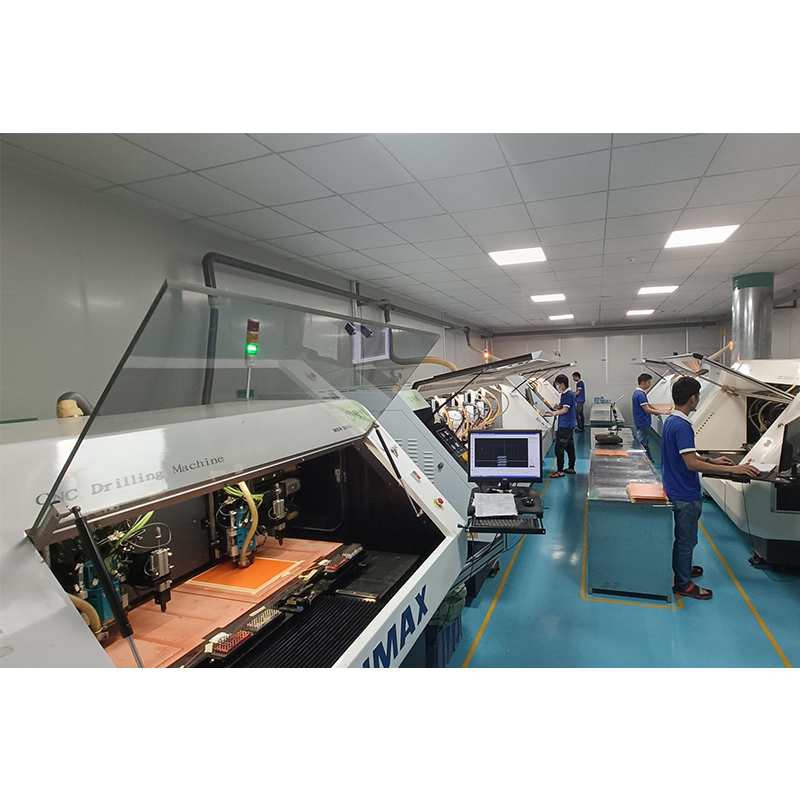In this blog, we will discuss the key factors to consider when selecting the ideal flex area stackup for rigid-flex circuit boards.
In the world of printed circuit boards (PCBs), there are many types to suit different needs and requirements. One type that has become very popular in recent years is the rigid-flex circuit board. These boards offer both flexible and rigid sections, allowing for the combined benefits of flexibility and stability. However, when designing rigid-flex circuit boards, a key aspect that requires careful consideration is choosing the right stack of flex areas.
Flex area stacking refers to the arrangement of layers in the flexible portion of a rigid-flex circuit board. It plays a vital role in ensuring the overall performance and reliability of the single board. Selecting the appropriate stackup requires a thorough understanding of the board’s specific application, the materials used, and the required performance characteristics.
1. Understand flexibility requirements:
The first step in choosing the right flex area layup is to have a clear understanding of the board’s flexibility requirements. Consider the intended application and the movement or bending the board may need to endure during operation. This will help you determine the number of flexible layers and the specific materials to use.
2. Analyze signal and power integrity:
Signal and power integrity are critical aspects of any circuit board design. In rigid-flex boards, stacking of flex areas can significantly impact signal and power distribution integrity. Analyze your design’s high-speed signal requirements, impedance control, and power distribution needs. This will help you determine the appropriate arrangement of signal, ground, and power planes in the flexible area.
3. Evaluate material properties:
The selection of flexible area laminate materials is critical to achieving the desired performance characteristics. Different materials exhibit varying degrees of flexibility, rigidity, and dielectric properties. Consider materials such as polyimide, liquid crystal polymer, and flexible solder mask. Evaluate their mechanical and electrical properties to meet your requirements.
4. Consider environmental and reliability factors:
When selecting a flexible area stack, the environmental conditions in which rigid-flex circuit boards will operate should be considered. Factors such as temperature changes, humidity, and exposure to chemicals or vibration can affect circuit board performance and reliability. Choose materials and layup configurations that can withstand these conditions to ensure long-term reliability.
5. Work with your PCB manufacturer:
While you may have a good idea of your design requirements, working with your PCB manufacturer is critical to successfully selecting the correct flex area stackup. They have expertise and experience working with flexible circuit boards and can provide valuable insight and advice. Work closely with them to ensure your design goals are aligned with manufacturing feasibility.
Keep in mind that every rigid-flex circuit board design is unique, and there is no one-size-fits-all approach to selecting the ideal flex area stackup. It requires careful analysis, consideration of various factors, and collaboration with experts in the field. Taking the time to make the right choice will result in a high-performance, reliable, and durable rigid-flex circuit board.
In summary
Selecting the correct flex area stackup for a rigid-flex circuit board is critical to its overall performance and reliability. Understanding flexibility requirements, analyzing signal and power integrity, evaluating material properties, considering environmental factors, and working with the PCB manufacturer are critical steps in the selection process. By following these guidelines, you can ensure the success of designing a rigid-flex circuit board that meets your specific needs and requirements.
Post time: Oct-08-2023
Back







